Conscious choices, bold flavors, and a return to authenticity are shaping the country’s food landscape.
Dining in India in 2025 is less about chasing passing fads and more about striking balance between health and indulgence, tradition and innovation, comfort and curiosity. Across restaurants, cafés, and delivery brands, chefs and founders are witnessing diners move toward choices that feel intentional and nourishing, yet exciting on the palate.
At Sofitel Mumbai BKC, Chef Vividh Patil observes a distinct preference for sustainability and conscious dining. Guests, he says, are increasingly aware of how food is sourced and are opting for cleaner, lighter meals. This shift resonates with the philosophy at Masala Synergy, where Chef Ashish Verma notes that today’s diner wants to be adventurous without letting go of provenance and comfort. “It’s about dishes that respect heritage but are presented with a global lens,” he adds. Echoing this, Impresario’s Chef Shamsul Wahid believes food is no longer about fleeting trends but about honesty on the plate, the kind that feeds the soul.

Shamshul Wahid

Ashish Verma
Trends are also finding expression in fresh launches and menus. Journal in Santacruz, for instance, has added superfood-forward dishes like overnight oats, chia bowls, and a sweet potato–millet burger, along with a playful coffee mixology program. Co-founder At Tepah and The Bagh, Ateet & Shreya Nayyar is leaning into gut-friendly dining with millet bowls, probiotic yogurts, and mocktails crafted from kombucha and kefir. Bang Bang! Noodle, founded by Rahul Punjabi, keeps it simple yet deeply aligned with consumer needs — every noodle and wonton is made fresh to order, making the menu light, authentic, and gut-friendly. Meanwhile, at Avatara, Chef Sanket Joshi is pushing sustainability through a vegetarian tasting menu that also integrates gluten-free and vegan options, drawing inspiration from traditional preparations like Dahi Kanji.
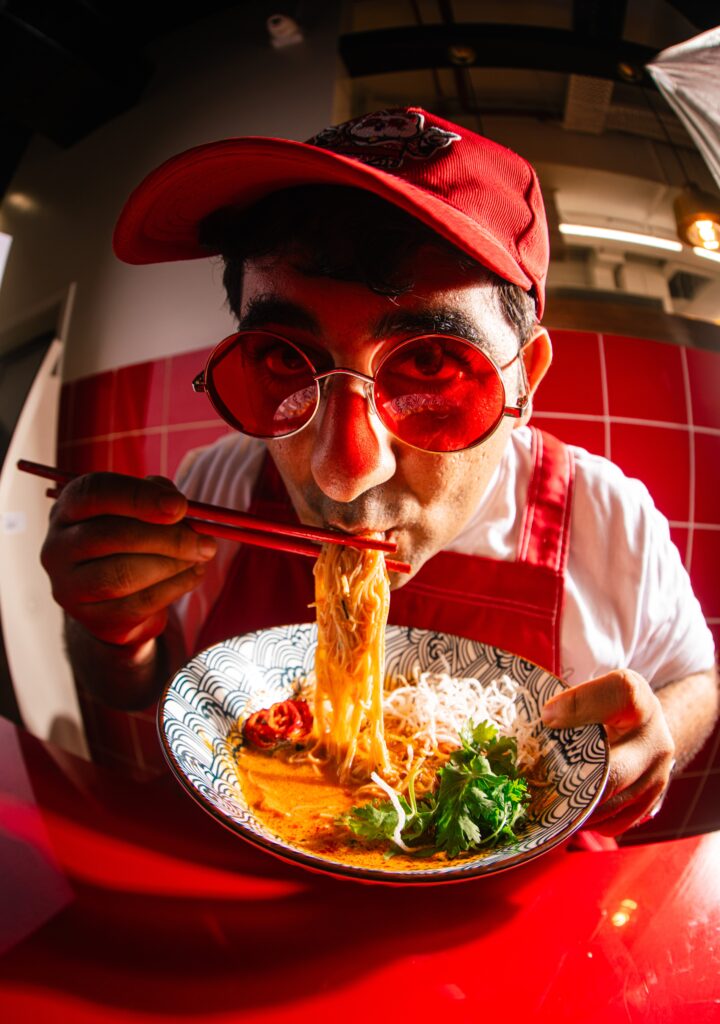
Rahul Punjabi

Shreya Nayyar
1932 Trevi, with its European-inspired culinary ethos, has also adapted to this shift. “Guests today are not just looking for indulgence, but balance. They want meals that leave them feeling energised rather than heavy, and this has pushed us to reimagine classics with a lighter, more nourishing approach,” says Chef Ajay Anand on the other hand Chef Harsh Shodhan echoes this evolution, pointing to a conscious balance between taste and wellness. “Luxury dining has moved beyond opulence on the plate. It’s about intelligent cooking — where portion sizes, local sourcing, and nutrition all come together without compromising on flavour,” he says.
The evolution in consumer preferences compared to last year is evident across categories. Journal’s Singh points out that while heavier café classics are being ordered less, experiential dishes and sober drinking options are on the rise. Tepah sees diners asking for shareable plates and lighter vegetarian offerings, while Flax Café’s Gurmeet Arora notes a sharp spike in demand for personalised meals with functional ingredients. Authenticity has also emerged as a clear marker: Punjabi emphasises that diners no longer want “desi-fied” versions of Asian cuisine, while Deval Shah of TÓA 66 highlights how guests now prefer depth and integrity in global food rather than a diluted, India-adapted version.
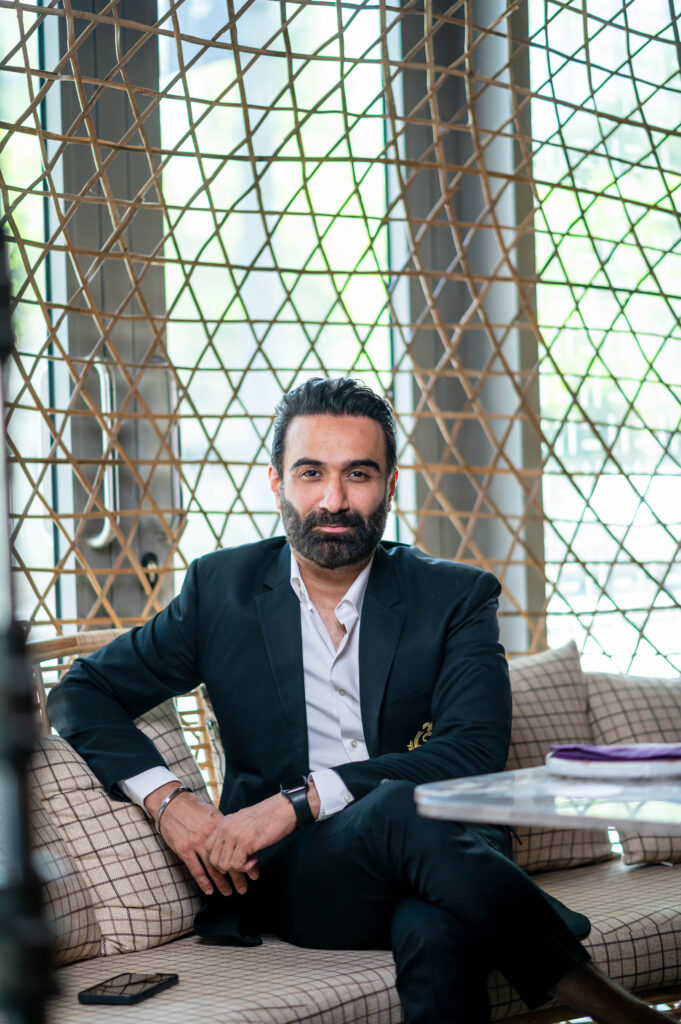
Founder at Flax
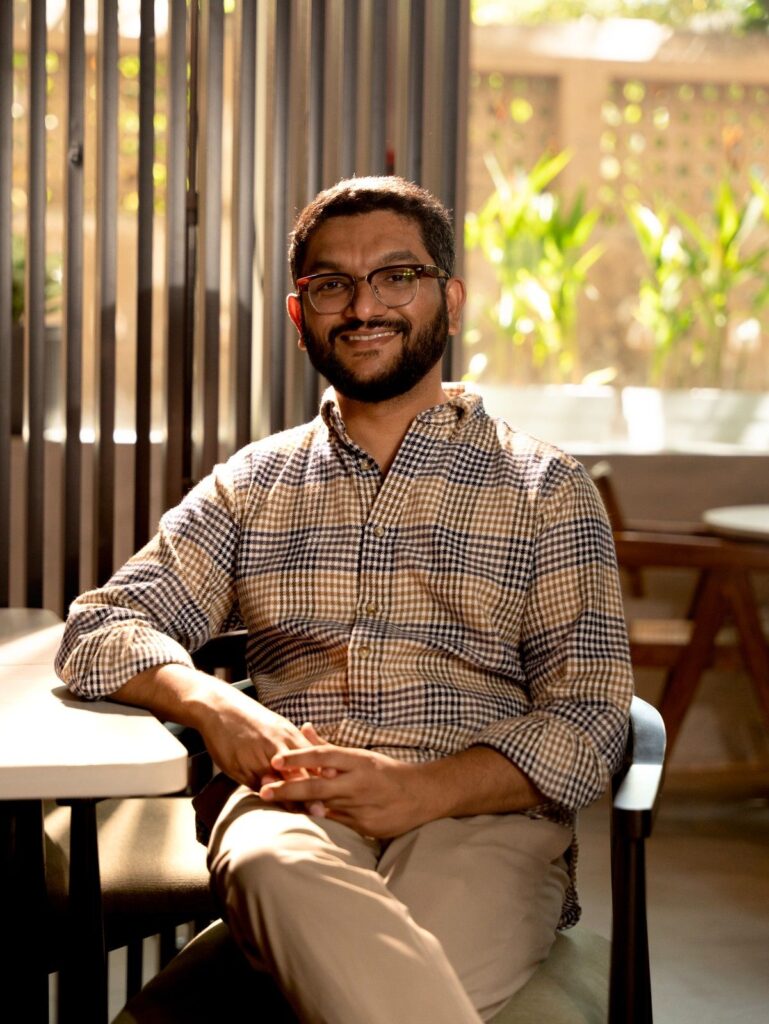
Founder at TOA 66
If there’s one defining shift across the board, it’s the growing centrality of trust and authenticity. For some, like Sofitel and Masala Synergy, that means staying rooted in honest, provenance-driven menus. For others, such as Journal and Flax, it’s about adapting quickly to health-forward lifestyles without losing flavor. Omny Kitchen by Chef Vicky Ratnani sees modern regional food rising as a strong current — rooted in heritage but elevated with global techniques. And as Shah of TÓA 66 puts it, diners in 2025 aren’t just eating; they’re looking for experiences and stories that honour where food comes from.
India’s plate today is therefore a mirror of its people: more mindful, more global, and more original than ever before. It’s not about less, but about eating smarter. Whether through seasonal menus, gut-friendly innovation, or an uncompromising return to authenticity, the way India eats in 2025 reflects both the country’s traditions and its future appetite.

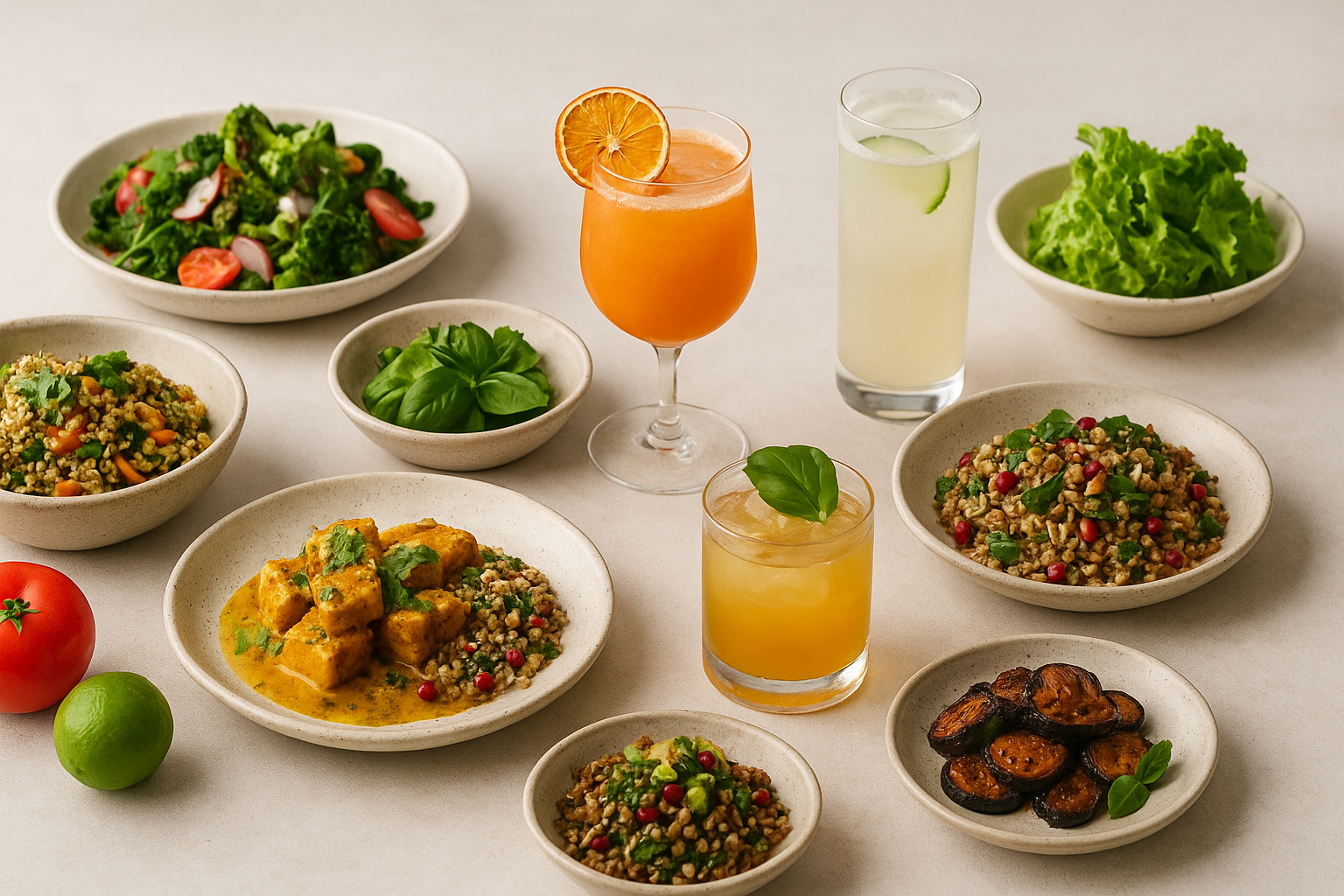

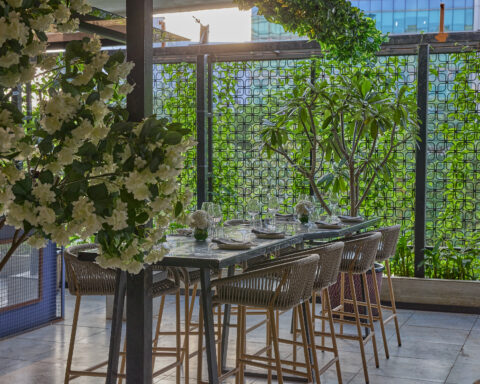
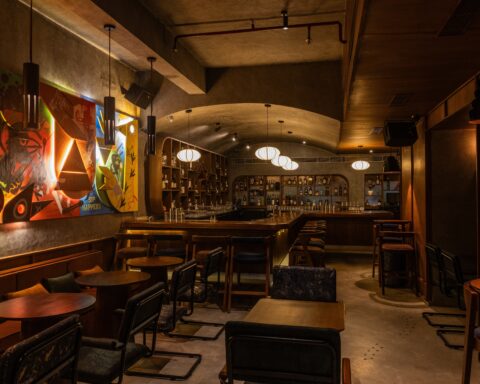



[…] Read:How India Eats in 2025The Spice Route: Saffron’s Golden Journey Across the WorldNow you taste it, now you don’t: […]